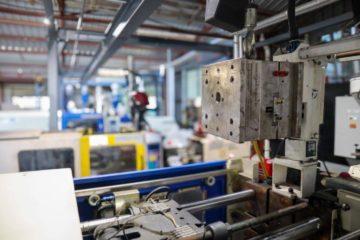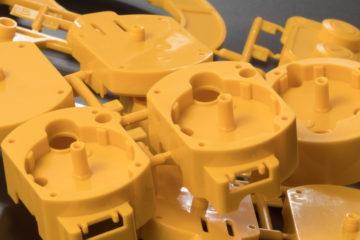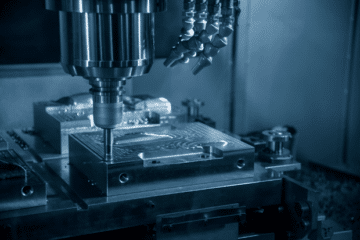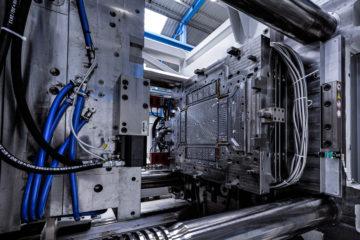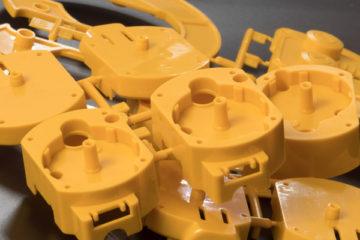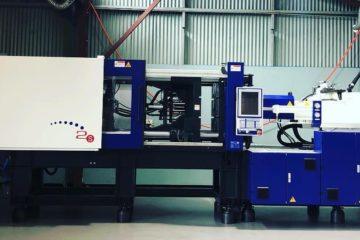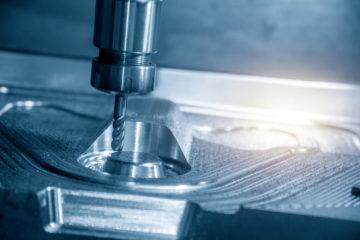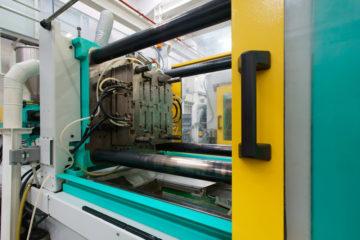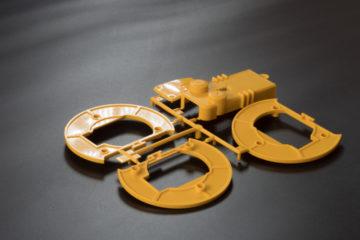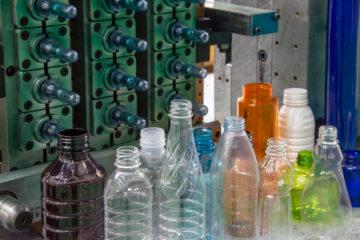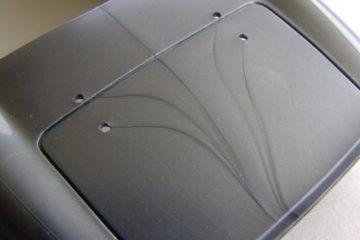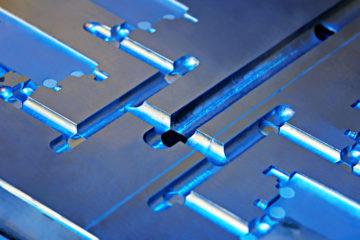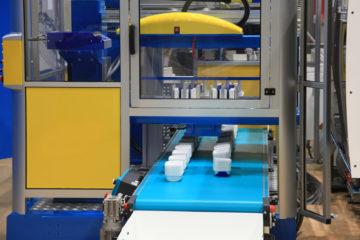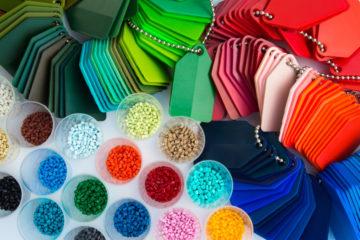An injection mould is the key to creating a successful one-piece finished plastic or metal component. Melted material is forced from the injection moulding machine into the mould (which is usually cool) where it sets. The result is a solid piece of the material which may be a component to, or the whole of, a finished product.
The mould is created by skilled technicians called Toolmakers who usually shape the mould according to the specifications of a 3D computer-generated model, which in turn has been created from the specifications of the product designer.
What’s in a Mould?
Injection moulds, or dies, have two halves that, when combined, create a whole that contains a hollow. It is into this hollow that the hot plastic or metal is injected and cooled, resulting in an exact physical copy of the 3D model. The two halves are commonly referred to as the mould core and mould cavity. The mould core corresponds to the inside surface area of the finished product, whereas the mould cavity corresponds to the outside surface area. The line which divides the two halves of the mould is called the parting line. This must be carefully chosen and designed around to allow the mould to separate properly. Serious damage can be caused if the mould contains an undercut or overcut, caused by a protruding portion of the mould which snags on the mould core or mould cavity respectively. There are countless ways to work around these design limitations.
Not just a pretty faceplate
An injection mould may seem a simple tool, but the complexity of the modern injection mould goes way beyond putting two hollows together to create a whole. Injection moulds are highly advanced pieces of technology. Once programmed, they can run autonomously day in and day out without any assistance. Moulds are set up with their own feeding system for the raw plastic and temperature control system to measure with precision exactly how the material is maintained — heated for injection and cooled for setting. They contain ejector systems to release the parts once they are complete. These systems reduce the need for personnel and can be left to run overnight, reducing costs dramatically.
Quality is the best business plan
As with any product, the quality of the mould and materials used dictates the quality and consistency of the parts that they will produce. Sundry plastic items like free coat hangers from department stores or DVD cases will be relatively cheaply produced as they will be made by the thousands, the quality of materials will not be considered a worthwhile investment and the variance in consistency will be negligible. For more consumer-attractive products, such as the dashboard for a limited-edition car, the manufacturers will be certain that the plastic is of a high quality to ensure consistency and quality in their product.
Plastic injections moulds are based on a basic idea that has been refined to an art. Adaptable and so often used, the products created in injections moulds are all around us.
If you’d like to know more about plastic injection moulds and the processes behind them, get in touch with us here.
Subscribe to Our Newsletter
Get the latest news from Dienamics into your inbox





